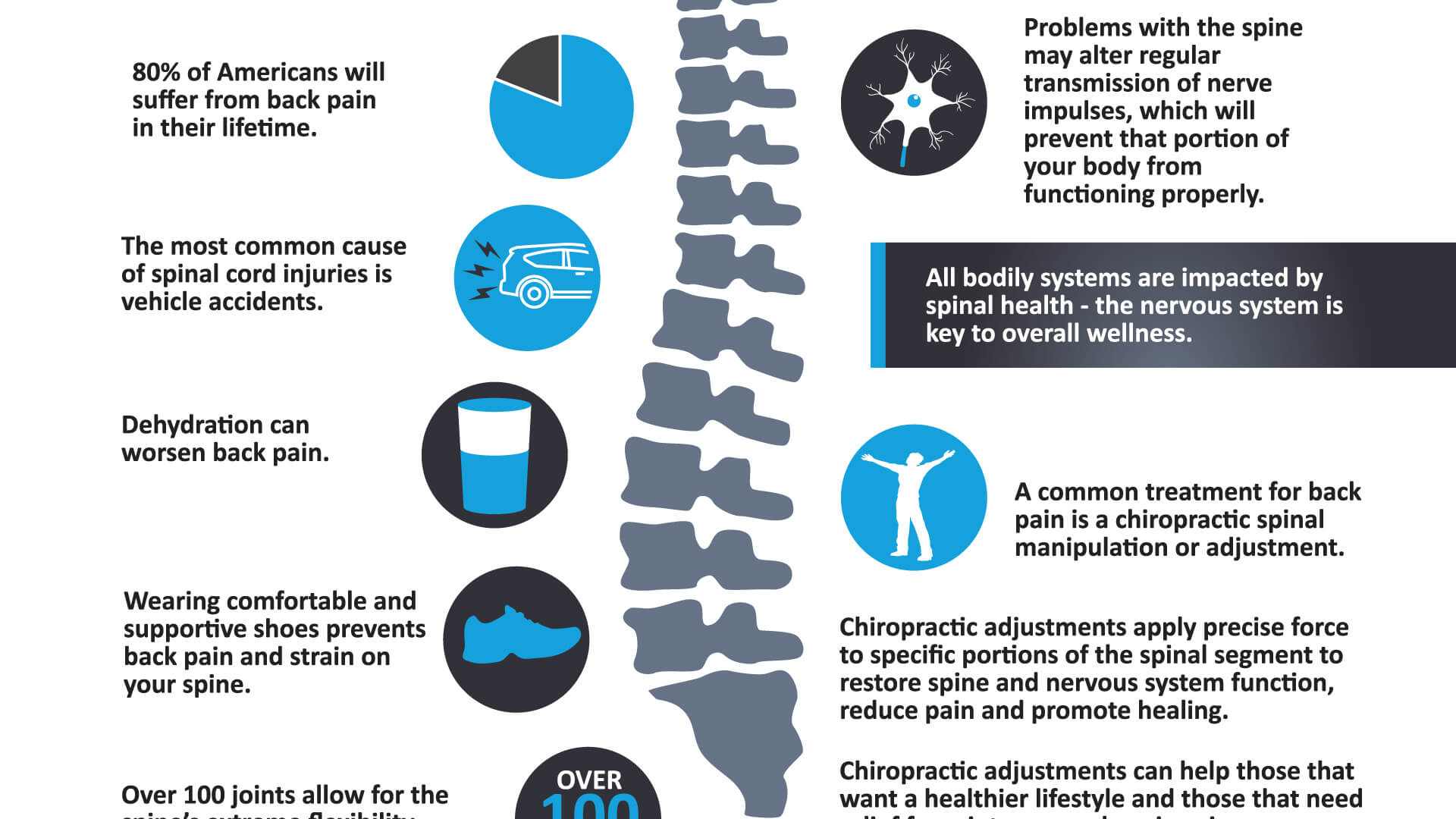Maintaining appropriate pose isn't nearly staying up directly; it's about straightening your body in a way that sustains your back and lowers the risk of back pain. The method you rest, stand, and move throughout the day can substantially influence your back health and wellness. Yet exactly how specifically can you make certain excellent positioning consistently, also during busy days full of various activities? Let's delve deeper into the subtle yet impactful adjustments you can make to your day-to-day regimen to maintain your back satisfied and healthy and balanced.
Value of Correct Posture
Appropriate pose is critical in keeping a healthy and balanced back and preventing pain. When you rest or stand with good pose, your spine remains in placement, reducing strain on your muscular tissues, ligaments, and joints. This placement enables the body to distribute weight equally, preventing too much tension on particular areas that can result in discomfort and discomfort. By maintaining your back properly lined up, you can likewise boost your breathing and digestion, as slouching can compress organs and limit their capability.
Additionally, preserving excellent pose can boost your total appearance and confidence. When you stand tall with your shoulders back and head held high, you exude confidence and show up more approachable. Great pose can additionally make you feel much more stimulated and alert, as it advertises appropriate blood flow and enables your muscle mass to function successfully.
Incorporating correct pose right into your day-to-day regimen, whether resting at a desk, strolling, or working out, is essential for avoiding neck and back pain and promoting total well-being. Bear in mind, a little change in exactly how you hold yourself can make a substantial difference in exactly how you really feel and work throughout the day.
Common Postural Mistakes
When it involves keeping excellent posture, several people unwittingly make usual errors that can contribute to back pain and pain. Among the most common errors is slouching or hunching over while resting or standing. This setting puts extreme pressure on the spine and can bring about muscle imbalances and discomfort in the future.
what to wear to chiropractor is overarching the lower back, which can flatten the all-natural contour of the spinal column and trigger discomfort. Furthermore, crossing legs while resting might feel comfy, but it can create a discrepancy in the hips and hips, causing postural concerns.
Using a pillow that's too soft or too solid while sleeping can additionally impact your placement and contribute to pain in the back. Finally, regularly craning your neck to consider displays or adjusting your placement frequently can strain the neck and shoulders. Being mindful of these usual postural errors can assist you preserve better positioning and lower the risk of neck and back pain.
Tips for Correcting Positioning
To enhance your placement and minimize pain in the back, it's necessary to concentrate on making small adjustments throughout your everyday routine. Begin by being mindful of your pose. When sitting, guarantee your feet are level on the floor, your back is straight, and your shoulders are loosened up. Avoid slouching or leaning to one side. Use ergonomic chairs or paddings to sustain your lower back.
When standing, disperse your weight evenly on both feet, keep your knees a little bent, and embed your hips. Involve your core muscles to support your back. Take learn here to stretch and walk around if you have a sedentary work. Incorporate exercises that strengthen your core and back muscle mass, such as slabs or bridges.
While sleeping, utilize a pillow that supports the natural contour of your neck to keep appropriate back placement. Avoid sleeping on your tummy, as it can strain your neck and back. By being mindful of these ideas and making small adjustments, you can slowly remedy your positioning and minimize back pain.
Verdict
Remember, preserving great position is crucial to avoid pain in the back and advertising spinal health and wellness. By bearing in mind your alignment, distributing weight evenly, and involving your core muscles, you can reduce strain on your back and reduce the danger of pain and injury. Include ergonomic assistance, take normal breaks to stretch, and strengthen your core and back muscular tissues to maintain correct alignment throughout the day. Your back will thank you for it!
